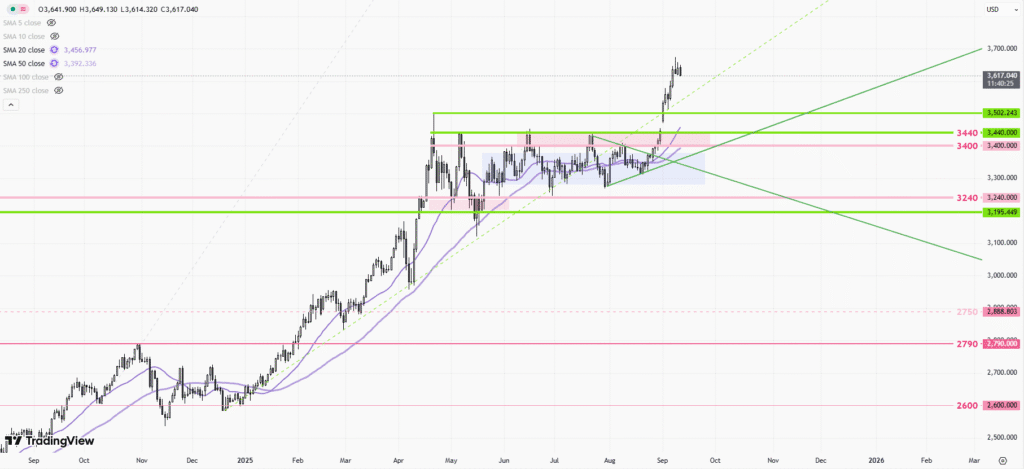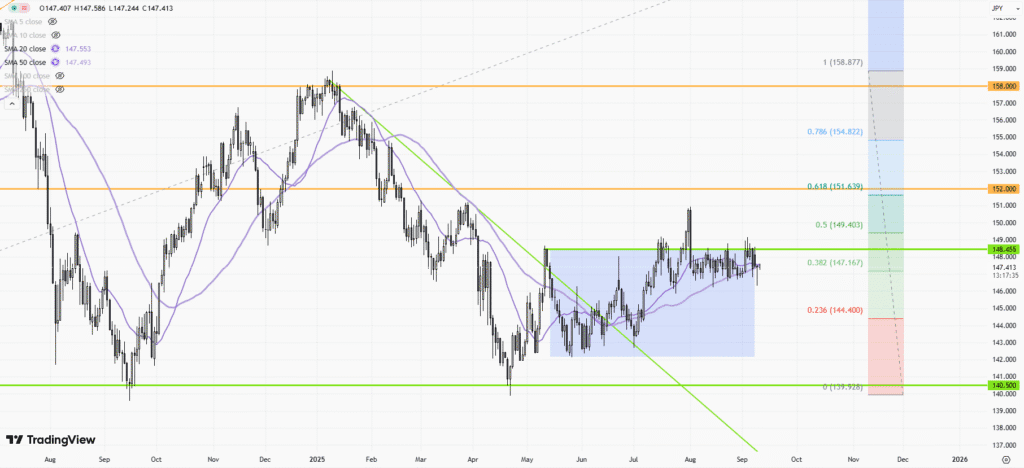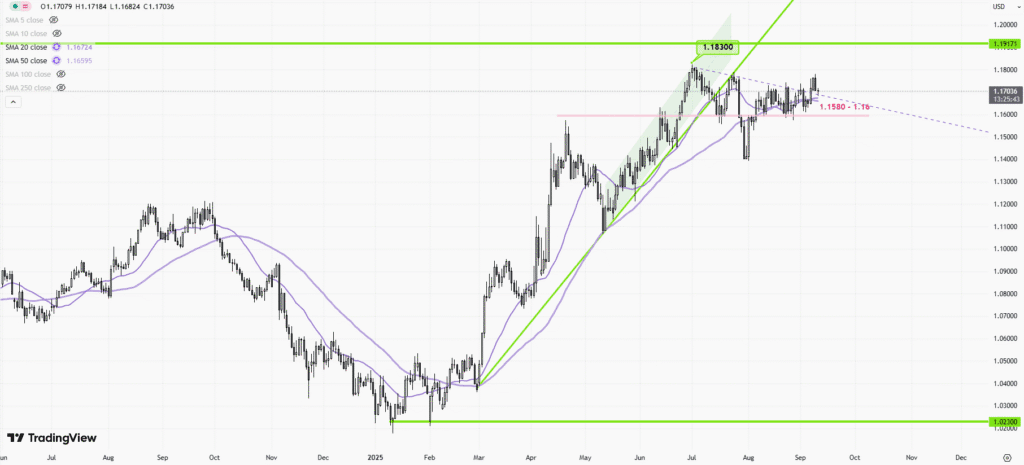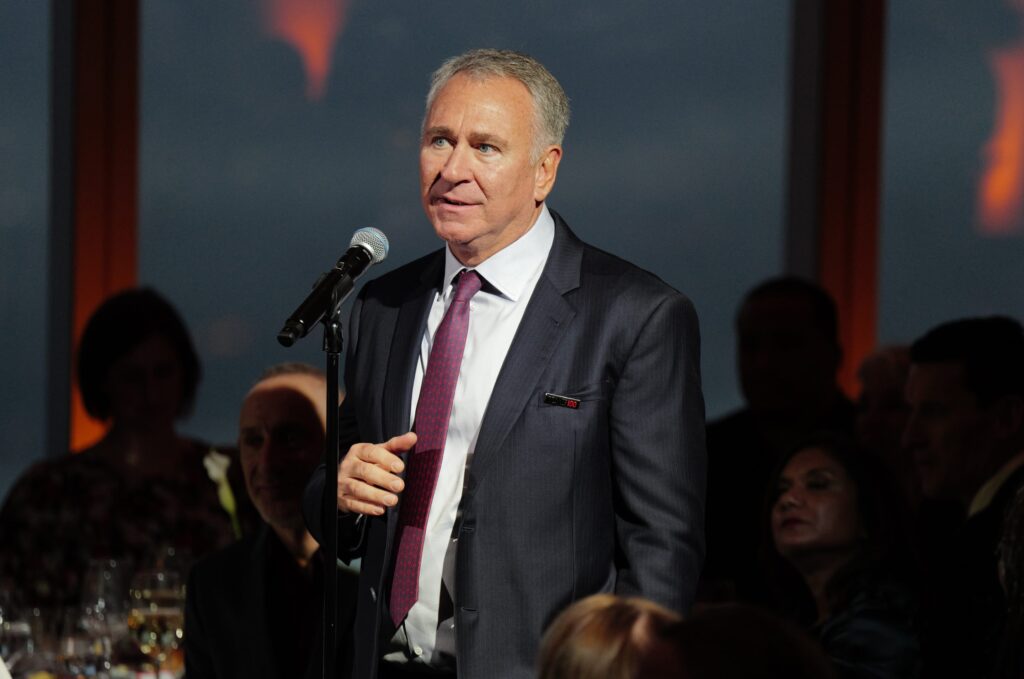 |
| Gold V.1.3.1 signal Telegram Channel (English) |
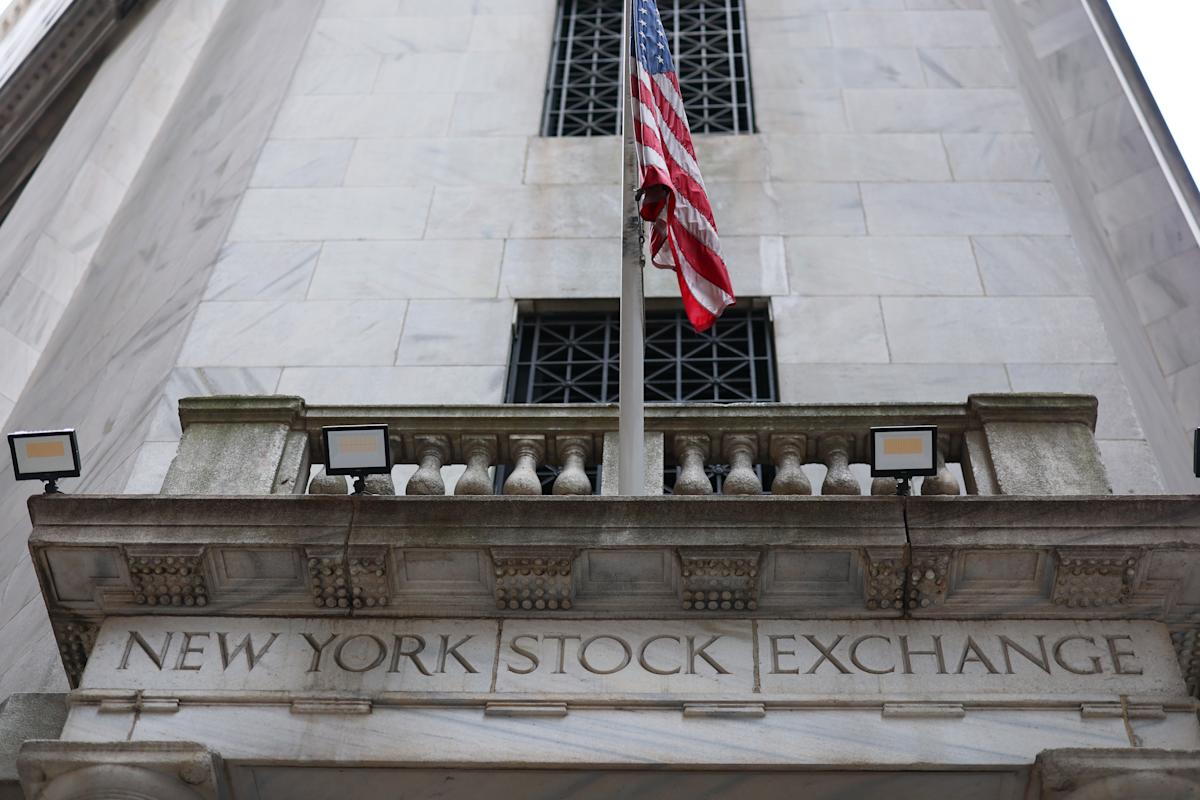
Stocks Fall as July’s Unexpected PPI Surge Rekindles Inflation Fears and Rate Hike Concerns
2025-08-14 @ 23:00
Stocks Retreat as Hotter-Than-Expected PPI Sparks Inflation Fears
The U.S. stock market faced renewed pressure after the latest wholesale inflation report revealed a much stronger surge in prices than anticipated. This unsettling data reignited concerns about persistent inflation, sending shockwaves through Wall Street and prompting investors to reassess the outlook for interest rates.
PPI Soars—A Warning Signal for Inflation
July’s Producer Price Index (PPI), a key measure of inflation at the wholesale level, jumped by 0.9% from the previous month—the largest single-month surge since June 2022. On an annual basis, PPI climbed 3.3%, also the steepest rise observed in over three years. This significant increase exceeded market forecasts and suggests that inflationary pressures, thought to be receding earlier this year, may once again be on the upswing.
The PPI is closely monitored by economists and market participants because it often foreshadows changes in consumer inflation. When wholesale prices increase sharply, businesses may have little choice but to pass those costs along to customers, ultimately driving up prices throughout the broader economy.
Services Lead the Surge
A closer look at July’s data highlights the role of the services sector in driving the headlines. Service-related costs advanced 1.1%—the fastest pace since March 2022. Notably, margins for equipment and machinery wholesalers surged, contributing more than half of the overall increase in services. This uptick in service prices is particularly concerning, as it tends to be more persistent and less sensitive to swings in commodity markets compared to the goods sector.
Goods prices were not immune, climbing 0.7% over the month—marking their sharpest monthly gain since January. While goods inflation was significant, it remained overshadowed by the magnitude of the jump in services.
Tariffs and Rising Business Costs
The latest data points to ongoing challenges faced by businesses, particularly those dealing with the fallout from newly imposed tariffs and higher input costs. U.S. companies are navigating a landscape marked by elevated import expenses, especially for materials and machinery, which in turn squeeze profit margins. Many economists worry that companies will respond to these pressures by raising prices for end consumers, potentially fueling another wave of inflation after months of progress.
Market Reaction: Stocks Slip, Rate Hike Worries Return
The immediate reaction in financial markets was one of caution. Major indices, including the Dow, S&P 500, and Nasdaq, all retreated as investors processed the unwelcome inflation surprise. Concerns quickly resurfaced that the Federal Reserve could be forced to keep borrowing costs higher for longer than previously hoped, or even entertain the idea of additional interest rate hikes to contain price pressures.
Investors who had expected the Fed to pivot toward rate cuts as inflation cooled are now recalibrating their expectations. The specter of sticky inflation could delay monetary policy easing, putting further strain on both stocks and bonds.
A Pivotal Moment for the Fed and Investors
These inflation dynamics put Federal Reserve policymakers in a tight spot. Recent optimism that price pressures were finally under control is now clouded by persistent increases at the wholesale level. The Fed must weigh the risk of letting inflation expectations become unanchored against the potential drag of higher rates on economic growth.
For investors and market watchers, the message is clear: inflation remains a formidable force that can quickly upend market narratives. Volatility is likely to remain elevated as Wall Street scrutinizes each data release for clues about the next direction for interest rates and the broader economy.
Looking Ahead: What to Watch
With the next PPI data due in mid-September, Wall Street’s attention is locked on further inflation indicators, including the Consumer Price Index and employment data. Any sustained trend of rising prices may feed into a vicious cycle of higher borrowing costs and market volatility.
In this uncertain environment, staying nimble and informed will be essential for investors seeking to navigate the shifting landscape of 2025. The latest PPI shock is a stark reminder that the battle against inflation is far from over, and every new data point carries significant implications for markets, monetary policy, and the broader economy.


